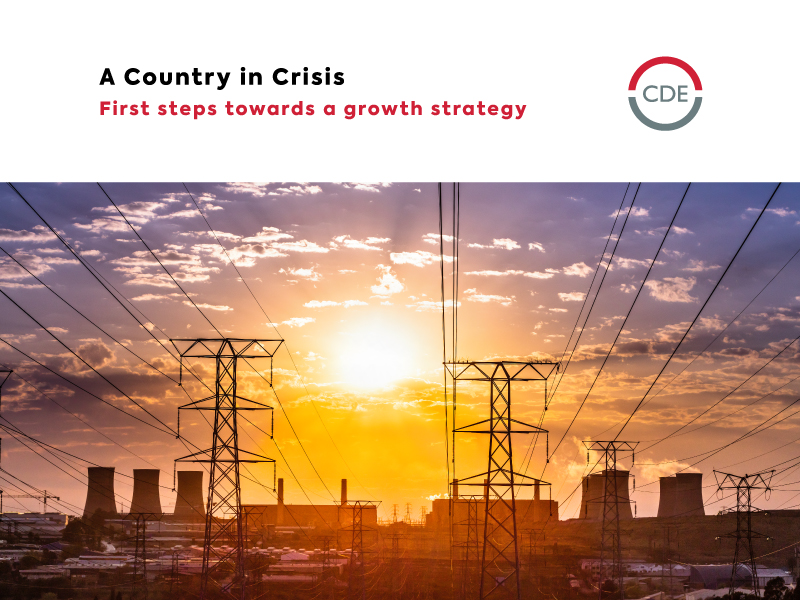
In 2006 the official unemployment rate for young people aged 15 – 24 was 50,2 percent. This is almost double the general unemployment rate of 25,5 percent. Add those who have given up looking for work and the unemployment rate for young people expands to 65,2 percent. And if you are a young black woman in Polokwane you have an 88 percent chance of being unemployed.
Ann Bernstein, Director of the Centre for Development and Enterprise (CDE) says, “These numbers are staggeringly high. “
While official unemployment figures are valuable, policy makers need much more detailed information if they are to stop generalising about the causes of unemployment and, instead, focus on effective strategies for addressing it.
The South African Young Persons Survey (SAYPS), conducted by the CDE and the Centre for Applied African Microeconomic Research at Wits, confirms the high employment rates recorded by official Labour Force Surveys.
“The SAYPS goes further”, says Bernstein, “it has enabled CDE to conduct new research on employment and unemployment histories over a longer period.”
This groundbreaking work, conducted in Johannesburg, Polokwane and eThekwini between July and November 2006, traced the histories of more than 1000 young people – almost all of them black – between the ages of 20 and 35 from their 15th birthdays onwards.
School records were collected in order to supplement the quantitative survey with personal recollections and 18 focus groups were convened, 6 each in Johannesburg, Polokwane and eThekwini.
Key findings showed that when it comes to unemployment amongst young people race, gender and where you live matter. In short:
- Young blacks tend to be jobless for longer periods than young people of other races.
- Young women are jobless for longer than young men.
- Young black women without a matric or equivalent are jobless for longer than those with better educational qualifications.
- Young black rural women are jobless for longer than those in urban areas.
- Young people consider self-employment risky, preferring to be formally employed.
- Young people reported high levels of dissatisfaction with their job status and lives.
- Young people who were self-employed reported that they were either ‘very dissatisfied’ or ‘dissatisfied’ with their lives. This is an ominous indicator of the quality of self-employment.
Furthermore, unlike other societies where young people change jobs frequently until they find their niche, young people in South Africa stick at jobs for a long time – no matter how unsuitable the job may be.
Bernstein points out that, “This means a significant portion of the incoming workforce is not optimally utilised. Mismatched or underemployed people have negative consequences for national economic performance and productivity.”
The study suggests that in order to improve the employment prospects of young people and young Africans in particular, policy makers should:
- Work to achieve higher rates of economic growth to absorb more young people into the formal economy.
- Dramatically improve education and training and look at how counseling can improve job preparedness so that young people develop a realistic assessment of their capabilities and the realities of the labour market.
- Make it easier for young people to find jobs through job search assistance by for example providing fax, internet or photocopying facilities.
- Reduce the tax, regulatory, infrastructure and crime barriers that hamper the development and survival of small businesses and that deter young people from creating new enterprises.
- Significantly enlarge the existing ‘expanded public works’ scheme and link it to economic reforms that will measurably reduce unemployment.
Bernstein states, “With unemployment at such high levels, SA’s public works schemes are much too small. To get to the scale we need – millions of jobs every year – we cannot use the same local governments that are struggling to deliver on even the most basic functions.”
“Instead we need to provide incentives for private companies and those parts of the public sector that have capacity (e.g. some of the metropolitan areas) to compete for new and existing resources to dramatically expand the number of jobs provided by public works.
The massive scale of unemployment among young South Africans is an issue of considerable national concern. It is not receiving the attention it deserves.
-CDE



